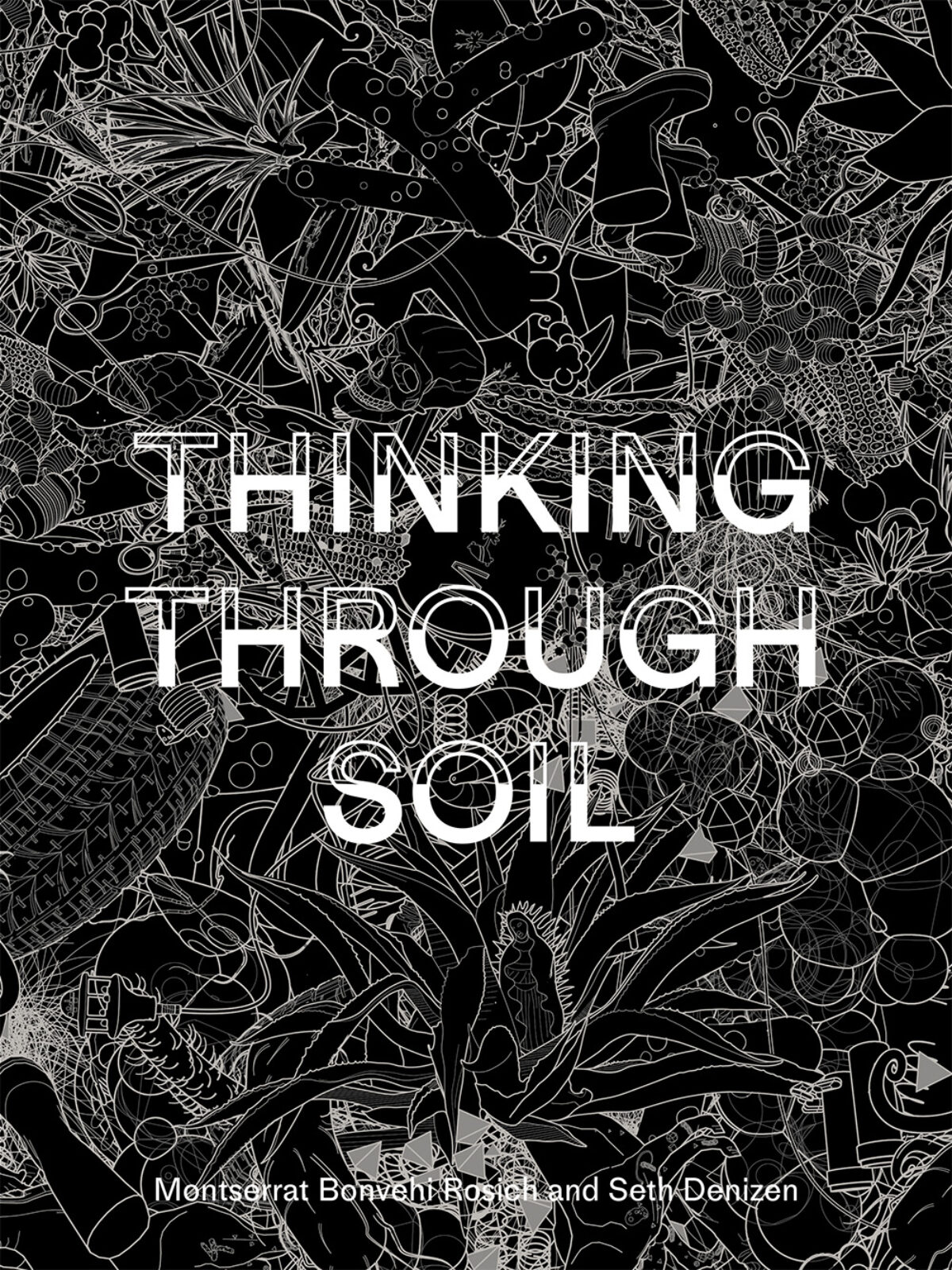Thinking Through Soil: Wastewater Agriculture in the Mezquital Valley

Montserrat Bonvehi Rosich and Seth Denizen, Thinking Through Soil: Wastewater Agriculture in the Mezquital Valley
Thinking Through Soil: Wastewater Agriculture in the Mezquital Valley
Montserrat Bonvehi Rosich and Seth Denizen
To think through soil is to engage with some of the most critical issues of our time. In addition to its agricultural role in feeding eight billion people, soil has become the primary agent of carbon storage in global climate models, and it is crucial for biodiversity, flood control, and freshwater resources. Perhaps no other material is asked to do so much for the human environment, and yet our basic conceptual model of what soil is and how it works remains surprisingly vague.
In cities, soil occupies a blurry category whose boundaries are both empirically uncertain and politically contested. Soil functions as a nexus for environmental processes through which the planet’s most fundamental material transformations occur, but conjuring what it actually is serves as a useful exercise in reframing environmental thought, design thinking, and city and regional planning toward a healthier, more ethical, and more sustainable future.
Through a sustained analysis of the world’s largest wastewater agricultural system, located in the Mexico City–Mezquital hydrological region, Thinking Through Soil imagines what a better environmental future might look like in central Mexico. More broadly, this case study offers a new image of soil that captures its shifting identity, explains its profound importance to rural and urban life, and argues for its capacity to save our planet.
Published by Harvard Design Press, a book imprint at the Harvard University Graduate School of Design, and distributed by Harvard University Press. Harvard Design Press is organized and edited by Ken Stewart and Marielle Suba.
Designed by Chad Kloepfer and Willis Kingery.
Softcover, 232 pages, 7 x 10 inches, $40
ISBN 9780674298958
Thinking Through Soil was supported in part by the SOM Foundation Research Prize.